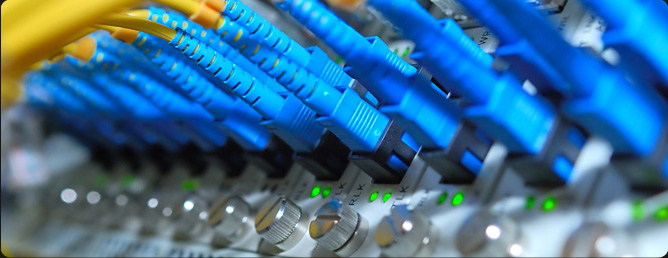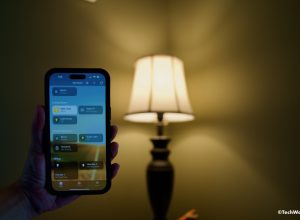Since December of last year the Australian government has overseen the enormous and highly successful rollout of NBN, the National Broadband Network. The result of this rollout has seen more traditional connections like ADSL and cable tech phased out almost entirely. This was a move which has been welcomed by many, but how does NBN technology compare to the other options available for bringing the internet into your home?

When it comes to internet providers Perth is a great example of locations which offer various options for internet technologies, NBN however is widely considered to be superior. Despite a few early glitches, NBN has been a roaring success, and here is how the tech stacks up against alternative options on the market.
Beating ADSL
The issue with the traditional ADSL connection was the slow speed, which is exactly why NBN was introduced for the country. The problem was a very simple one to resolve, and that was the amount of copper which the ADSL network utilized, which impacted speed. The technology for ADSL used basic phone cables, which meant that users were restricted with speed if they were far from a telephone exchange. To combat this, NBN tech uses, in the main, fiber optic cables which can continue to bring high speed connections over a long distance, ensuring that everyone had consistent and increased internet speed. This network tech is much faster than NBN, by around 80 Mbps for downloads, and 39 Mbps for uploads.
Matching Up Against Cable
The coaxial cable which is used for cable connections actually isn’t too dissimilar to NBNs fiber optic connection, but speeds differ vastly. Upload speeds with a cable connection for example are around 2 Mbps, whereas NBN can deliver as much as 40 Mbps. Cable is far superior to ADSL but when matched up against the NBN connection, it is blown out of the water much like ADSL is.
Mobile Broadband
With the new 5G network beginning to be rolled out, many are curious as to whether this will be faster and more cost effective than NBN. Sadly however, the same kind of thoughts were had when 3G was brought out, and 4G after it. Whilst there may be some instances where mobile will be the smarter option, for home internet NBN is far superior. With regards to speed, those with mobile modems or dongles may certainly be able to match what NBN can deliver. When it comes to cost however, this is where 5G comes a cropper. Given the way that data plans are set up for those using the 5G network, customers can expect to pay far more per month for their home internet. Another complication which mobile broadband can bring is that it depends greatly on you being in a geographical area which actually offers good connectivity. This of course is not the case with NBN technology, which almost offers full coverage throughout the country.
Connection Types For NBN
There is only one National Broadband Network, yet within that there are a number of connection options which you have to choose from. The main three connection types are Fiber to the Premises (FTTP), Fiber to the Curb (FTTC) and Fiber to the Node (FTTN). The kind of connection you will have is dependent on where you live, and this is the easiest way for the NBN network to be rolled out. Some larger communities will have FTTN, more rural and remote locations may have FTTP and small streets which are disconnected from the larger urban area are likely to have FTTC. Understanding what kind of connection, you have will be important when it comes to selecting your NBN plan. There is no doubt that this combination of fiber optic and copper cables offers the fastest and most efficient internet connection in the country.
Disclosure: We might earn commission from qualifying purchases. The commission help keep the rest of my content free, so thank you!



